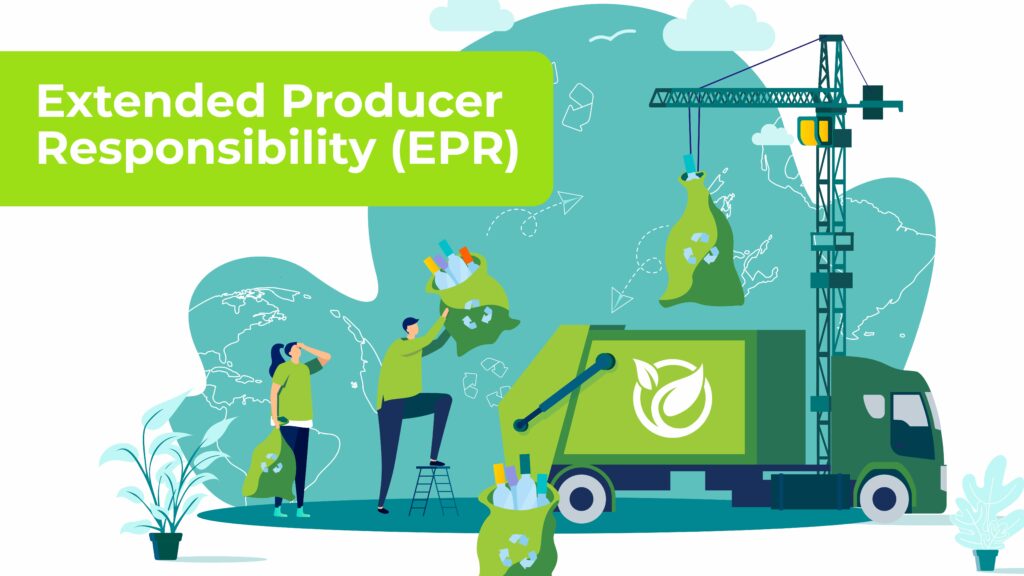
Extended Producer Responsibility (EPR) is a policy that makes manufacturers responsible for the entire lifecycle of their products, including disposal and recycling. Instead of leaving contractors to deal with waste at the end of a material’s life, manufacturers are required to take back, recycle, or properly dispose of the products they produce.
For restoration contractors, this means fewer dump fees, less waste going to landfills, and an overall more sustainable business practice.
EPR programs vary by region and manufacturer, but many cover:
EPR is expanding as governments introduce stricter waste regulations. By participating in these programs, restoration contractors can reduce costs, streamline waste management, and position their business as a leader in sustainability.
Looking for more ways to integrate sustainability into your restoration business? EcoClaim provides training, tracking tools, and recycling solutions to help contractors stay ahead in the green building movement. Join the movement today!
EcoClaim™ transforms insurance claims into climate action with its innovative platform, offering industry-leading training, GHG management software, and a Carbon Exchange marketplace. Tailored for P&C insurers, EcoClaim replaces generic emissions benchmarks with precise claim-level data, empowering insurers to measure, manage, and reduce Scope 3 emissions effectively. The platform not only strengthens sustainability disclosures but also lowers claims costs, proving that the low-carbon way can also be the cost-efficient way.